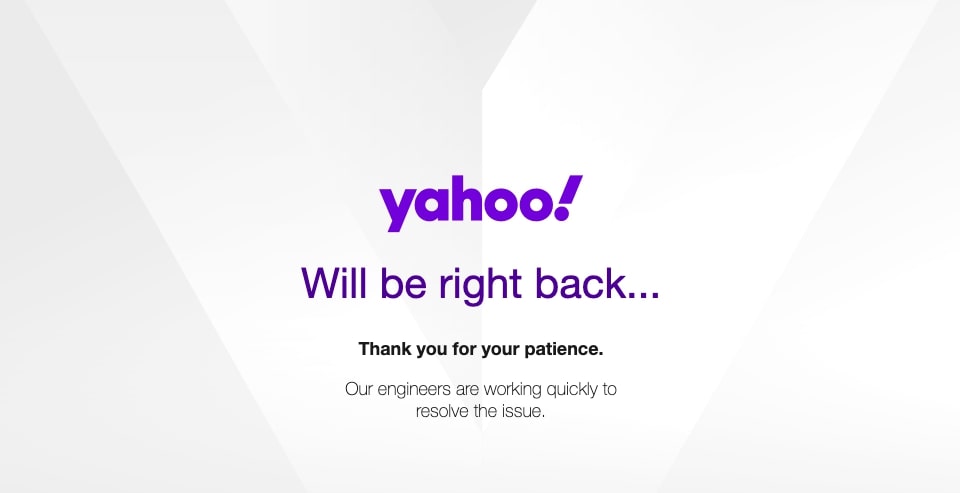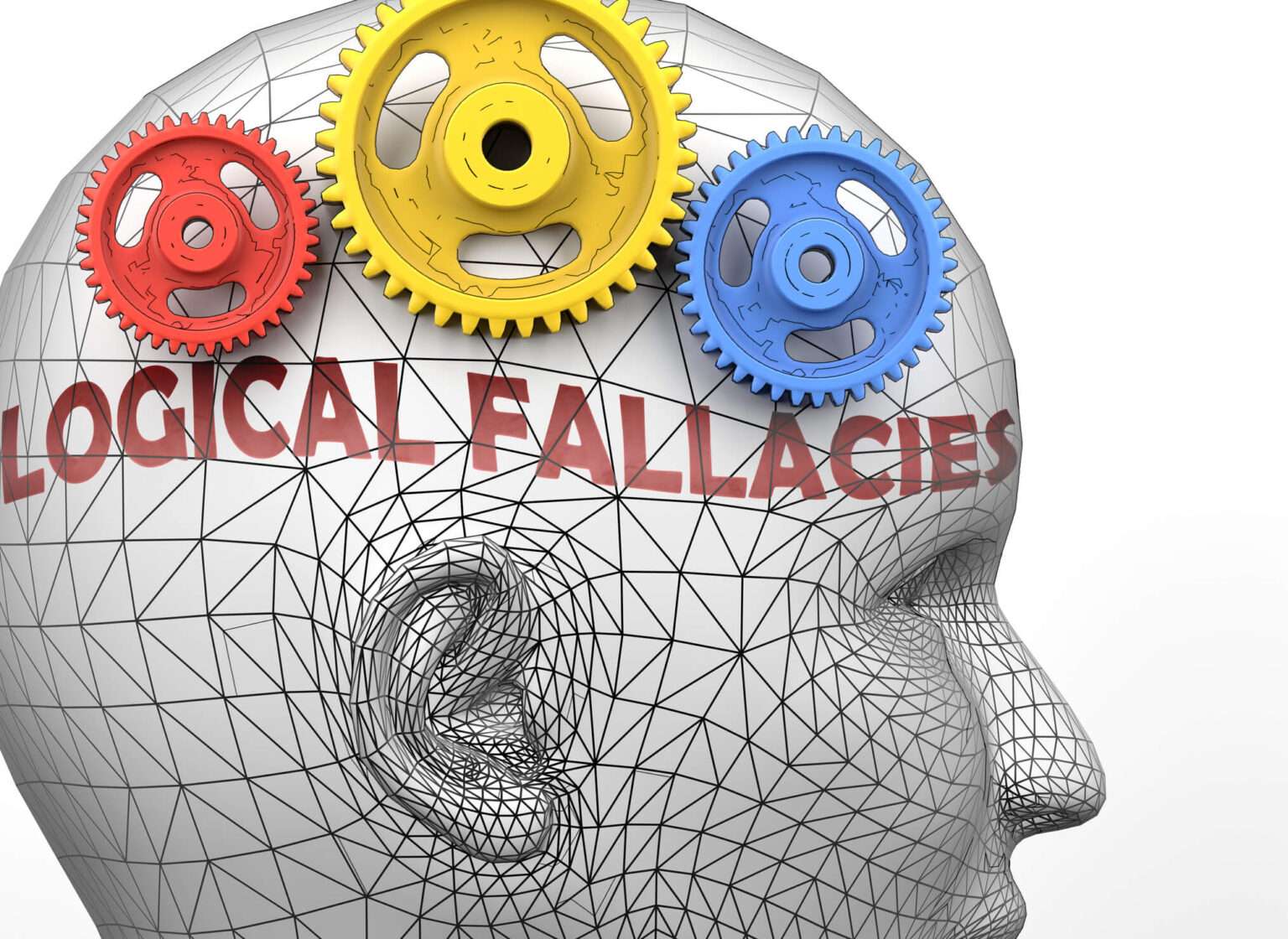Top 10 Examples of Fallacies in Advertising
Marketing and Advertising have been the pillars of business since forever. The better you place your brand in the market, the better your numbers are in terms of growth, profit, and revenue. Now, what is the best advertising tactic?
Does the one that we are following in the 90s still have the same essence and the same impact on the users, or does the one that we see fade from our memory in a while?
Well, all the businesses wish to make a lasting impact on their target audience. But what makes it happen? It is the right message delivered to the right audience at the right time.
To excel in branding and advertising, the brands usually use Fallacies in Advertising. What is it? How is it better than other forms of advertising to help excel?
Let’s delve deep into the article for more insights to understand Ads with Logical Fallacies with examples.
What are Fallacies in Advertising?
Advertising Fallacies or Fallacies in Advertising refer to a logical marketing tactic aimed at driving a positive response from the audience regarding their products or services. This practice can be implemented in all the different forms of advertising.
The logic behind the fallacies of advertising is using flawed arguments to drive emotional reactions from the audience. Depending on the thoughts of the marketer and the brand tone, errors in advertising may be planned around:
- False Arguments
- Intriguing Questions
- Unreasonable or Reasonable Commitments
- Embellishing Promises or even
- Creating a Sense of Fear
In customers to avail of the products and services of the company. Implementing logical fallacies advertisement techniques can reap unmatched and beyond-expectation results for the brands.
Benefits of Using Logical Fallacies
Not just one fallacy yields multiple benefits for advertisers and companies.
- Logical fallacies are the best way to grab customer attention when regular messages stop giving the expected results.
- The commonly used tactics of logical fallacies focus on using statistics, messages from the authorities or public figures, research studies, and more that leave a lasting impact on the target audience.
- Most of the logical fallacies in marketing tactics are not just focused on converting potential customers but also on making them loyal brand prospects, helping with brand advocacy.
However, fallacies shall be used limited and wisely to avoid damaging the brand name in the long run.
Examples of Fallacious Advertisement

Multiple brands may come up with various logic for using fallacies in advertising. However, there are still a few common tactics that are marked as standard practices. Let us check the top 10 fallacious advertisement examples.
Connecting with Traditional Wisdom
Traditional Wisdom Fallacy tactics are used by brands whose products and services belong to ancient origins like culture, art, traditional courses, ayurveda, and more.
Generally, industries using traditional wisdom fallacies in marketing and advertising are companies manufacturing daily-use skin/hair products or making herbal teas, yoga schools, musical classes, and others connecting with old-school methodologies.
Moreover, it is highly effective where the target audience belongs to the mid-80s or 90s, and the promotion is not focused on Gen Z.
The advertising technique focuses on conveying the message that irrespective of the time that passes, some tactics remain relevant. In short, you can say this way of promotion works on a single gold mantra. The audience that becomes attracted to suck kind of advertising is the one who gets nostalgic to see that their childhood trends are still alive, and the particular brand will pass it on to generations.
Ad Hominem Fallacy
It is a Latin name for criticism and rule or open challenge against others. Ad Hominem Fallacy is not a very prominent and appreciable way of advertising, but it still brings results for a few brands. It is generally a black hat that might lead your way to controversies in the long run, but for those who wish to always be in talks, whether positive or negative, the Ad Hominem fallacy is their fame game.
This marketing tactic involves direct rivalry with the competitors by demeaning their products, criticizing the quality, challenging the quantity or price, and breaking the trust of the competitors amongst the target group to hold the superiority.
It’s a way to highlight the loopholes of others rather than focusing on self-USPs.
Let’s take an example: if the X cooldrink company says that the Y brand uses normal water, adds harmful preservatives, and is highly expensive instead of highlighting their quality at affordable prices, it’s Ad Hominem Fallacy.
Scarring Tactics to Drive Sales:
Advertisements of healthcare brands, insurance policies, and security companies usually scare people of risks to their lives, and they should pre-plan to safeguard their families financially.
The scare tactics are worse than the fear of missing out (FOMO), but considering you think about the advertising tactic.
However, talking about the use of these tactics in terms of yielding the audience’s attention and increasing revenue scare tactics is helpful.
Say, for example, a healthcare company conveys that if you have high cholesterol, you are at risk of heart attack and other health disorders, so keep getting a diagnosis instead of giving tips to manage cholesterol because only diagnosis won’t help you take measures to control cholesterol. It is a type of scare tactic that often works.
Authority Appeal to Audience:
This form of advertising refers to appeals to the authority of the industry to acknowledge their product quality and promote it amongst the audience, showcasing the benefits. Some companies take help from genuine experts, while others dress celebrities as the experts to appeal to the audience.
When the audience listens to the appeal from the authorities, they tend to believe that the product is good and start purchasing or using it. These kinds of fallacies advertisements are examples you usually see for hair care brands, cosmetic companies, or eateries.
One of the popular examples of such promotions is the hair fall ad, where the celebrities acknowledge how the particular oil or shampoo helped them to keep their hair healthy or shiny. Another example of Authority Appeal to the audience you observed in toothpaste ads where influencers or actors pose as the dentists to prove that this is the best toothpaste even though it’s not just the paste but multiple other factors that define your oral health.
Red Herring Fallacy
You get to observe multiple Red Herring Fallacy Advertisement Examples at different times for brands belonging to various industries. It is one of the most-used fallacy tactics; let us understand why.
This technique involves diverting the audience from the real topic by highlighting the unnecessary weakness of the competitor, irrespective of whether it has nothing to do with the product or service quality.
Now, the audience might not buy the product from you, but it will definitely not go for your competitor as the weakness is highlighted in their mind, and they do not wish to buy anything being in doubt.
It is very helpful for the brands in the industry where the competition is not too high. Say, for example, the recently blooming millet industry or the clothing brands focussing on sustainability initiate the red herring fallacy against their competitors.
Red herring is also common in the delivery apps; they just play on the delivery time against their competitors. However, the claims are often not true but to gain the audience’s attention, as delivery time is completely based on your location and availability of resources, and faster deliveries can risk riders. Well, it’s a blooming technique and gaining the user’s attention. As long as it gains profit and makes sales, everything is fair in business.
Irrelevant and Hasty Generalization Without Proper Research
Without following the norms and data sets of research, most companies are using the numbers to prove a generalized point favorable to their products and services. It is presented to the public in a very unclear way, including the variables not claiming anything but still making it a point that the audience believes in the same.
The hasty generalization, apart from playing with numbers, is also used by the product brands usually manufacturing sports products. Say, for example, the sports shoe manufacturers claim that the runner winning the race was wearing their shoes.
They try to make it a point that it was the shoes because they won and not their efforts. Similarly, the sports clothing brands reveal that they make such comfortable tees that absorb sweat, and players win the tournament.
No matter if it’s not true, such endorsements win the hearts of the public, and they buy the products based on logical fallacies advertisements the next time they hit the gym or initiate sports
Emotional Appeals
People are full of emotions, which makes the brands leverage the opportunity to around the feelings. Most companies always plan their advertisements based on the family angle, kids, motherhood, and other relations.
It is one of the hit and most acceptable Ads with Logical Fallacies by the general public where the ads use the emotional appeal of love, rage, enthusiasm, motivation, hatred, revenge, and others based on the situation or message to convey.
You can observe most of the brands advertising nowadays that 2 dollars of your product purchase will go to charity for one or the other cause. Apart from that, it’s possible to find ads that a particular mattress brand will make your babies sleep without disturbance, ensuring comfort for the family.
Almost every industry leverages emotional appeals differently, and the examples are endless.
Using Halo Effects for Fallacies
This advertising technique is usually helpful for brands with multiple products and services. The Halo Effect refers to the practice where brands use their popular products to market their newly launched products.
You can observe this in the entertainment industry out and loud. For example, the particular movie is directed and produced by the makers of any past popular films, highlighting all of the movies were top-notch in the industry.
Well, making a good movie in the past is not a testament to the upcoming one; it would be excellent, likewise. The halo effect is also highly popular in the automobile industry when they launch a new car. People buy based on the reviews of the previous products, but many times, the experience is not too pleasant, and they end up regretting it later.
Appeal to The Masses
Since the prevalence of digital marketing, testimonials and reviews have become the most superior tools. Many brands need no celebrities or authorities for the endorsement. They use the real-time testament.
If most of the public likes the services, there is no harm in doing it. Still, most of the testimonials are made before even using services, temporary usages, or are even a part of paid collaborations.
Say, for example, a soap claims to be the best in the market because it has the most positive reviews on the web. However, let’s not forget negative comments could have been removed, the soap might suit a particular skin type, or there is any possibility.
However, people still follow the flow, believe in the reviews, and buy the products or services accordingly.
Creating an Artificial Dilemma
Artificial or false dilemma tactics are profound in the industry. In this marketing tactic, the manufacturer uses their product and compares it with the limited availability in the market to showcase their superiority.
Say, for example, a plus-size cloth manufacturing unit claims it is the only one designed for the plus-size body shape, giving the confidence and comfort to roam around without any flaws. However, there might be other products, but those companies are not using fallacies in advertising logic and strategies.
Well, no matter how long the fallacies have been criticized, they work wonders. While reading the article, as an entrepreneur, you might have already planned a calculated risk and fallacy you will use for your next endorsement.
If you are a user, you might think that next time, you won’t fall for such fallacies, but the truth is you would because this is all about demand and supply. There are users, That is why there are products, and because the businesses have to survive over their competitors, they will try all the possibilities to prove their superiority.
Key Takeaways
As an audience, be very careful while you buy a product. We have shared with you multiple fallacies advertising examples, but in this digital era, you are all surrounded by fallacies. Make your choices wisely, try and buy, and don’t get influenced easily.
For business people, you would never depend on fallacies if you deliver the right product. People will trust your brand, and they become loyal to your brand. However, if you are using logical fallacies despite providing high-end services, you can grow by leaps and bounds. The only thing that should not be practiced as per business ethics is fooling the audience with compromised products, as that business cannot flourish in the long run.










